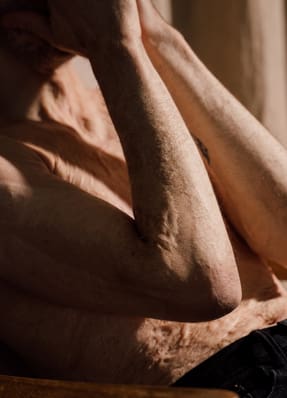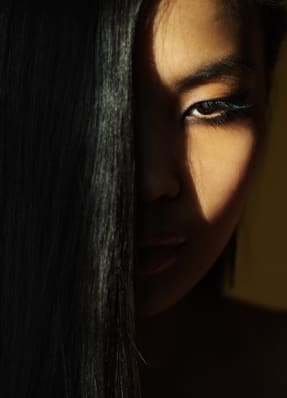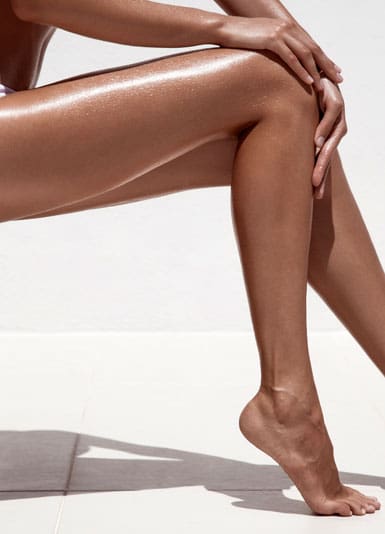With the use of artificial skin, there are risks of infection and reaction to the synthetic materials used within the graft. Although the majority of patients have good results, there are some risks of having poor healing, and in extreme cases, even the need to remove the graft. It is important to discuss and be aware of all of these risks prior to undergoing any surgical procedure.
Scars & Burns by Mr Ioannis Goutos
Artificial Skin London

At a glance
Treatment time:
Includes pre-operative assessment, the surgery and post-operative care. Total healing time will depend on the nature of the surgery, most individuals will have permanent results.
Duration:
Operations will last around 1-2 hours dependent on the size of the area to be reconstructed.
Return to work:
Typically within 7-14 days, depending on the nature of work and extent of the surgery.
Anaesthetic:
General anaesthetic or local anaesthetic with sedation for smaller procedures.
Artificial skin is an umbrella term we use at Goutos London that incorporates a number of different synthetic technologies that can be used in skin grafting.
Skin grafting is a surgical technique that aims to repair and reconstruct areas of skin that are damaged, for example from wounds, burns or significant scarring. Artificial skin is made using different components, which create a scaffold, around which the native skin can heal/regenerate.
Artificial skin needs to be surgically inserted, similarly to any other skin graft surgery, by an experienced professional, and requires meticulous skill and post-operative care to ensure good outcomes. Artificial skin can be used in a number of circumstances, including: reconstruction following excision of scarring (including contractures relating to significant burn injuries or scarring around joints), grafting large wounds following trauma or removal of large areas of skin (such as in the treatment of skin cancers).
Mr Ioannis Goutos is a well-known and respected plastic surgeon, with a special academic and clinical interest in managing burns and scars. He is technically skilled and provides thorough and holistic assessments, procedures and post-operative care. Mr Goutos places a special emphasis on addressing all aspects of a patient’s journey and care, including physical, psychological and social factors. Each individual receives personalised and tailored treatment plans based on their own medical background and goals.
Book your consultation today
Book nowWhat is Artificial Skin?
Artificial skin, or synthetic skin substitutes, are usually constructed out of meshes or templates that are made of special polymers and/or collagen components (typically sourced from animals). Sometimes they also contain an overlying silicone sheet to promote healing in the early post-operative stage. Once inserted over a wound, the skin itself will be able to heal around the synthetic scaffolding created by the artificial skin. Within around 2-3 weeks, the skin can produce new blood vessels and cells which lay down connective tissue around the graft site. This modality can be used as an alternative to skin grafting from donors or skin grafts taken from alternative sites on the body or tissue expansion.
Prior to undergoing any type of skin graft surgery, you will have a consultation and thorough assessment of your skin and treatment goals to see which sort of procedure would be best for you and your skin. The site and size of the area of skin being treated can have an impact on whether artificial skin is the most suitable option. It is also important to undergo meticulous pre-operative assessment. This will include a review of your medical history and medications, a physical examination and some basic medical investigations. Skin graft surgery can be done under a general anaesthetic (whereby you will be asleep throughout the procedure) or, in cases of smaller area skin grafting, with a local anaesthetic and sedation (meaning that you will feel sleepy and you won’t feel any of the surgery).
Once asleep or under sedation, you will be monitoring throughout your surgery by an anaesthetist. The surgeon will then be able to remove the target area of skin, or debride and clean any wound. The artificial skin is then laid over the open wound and joined to the adjacent, healthy skin using either sutures or staples. Following the surgery, special dressings are used to help prevent any infection and to promote good healing of the graft. Careful post-operative follow up is needed to ensure that there are no additional reactions to the graft, that there are no signs of infection and that the skin is healing well. Some types of artificial skin require removal of the most superficial layers (such as a silicone sheet) after a few weeks, once the skin has begun to heal.


Frequently Asked Questions about Artificial Skin
We know having medical, surgical or cosmetic treatment can seem daunting and it is natural to have questions. We are here to ensure your comfort and safety at all times. If you are unable to find the answer to your questions below, then please do not hesitate to contact us so we can help.
There are a number of different types and brands of artificial skin. They are typically made up of a scaffold-type structure comprising special polymers such as silicone, or connective tissues including collagen and elastin. These are either synthetic or biologically sourced. For example, bovine collagen taken from the skin of cows is a common component. The matrix structure of artificial skin can also have additional growth factors added to promote the new growth of skin cells and blood vessels around the graft.
Skin reconstruction can also be carried out using skin grafting (either from a separate donor or taken from a ‘donor site’ on the individual undergoing the surgery), skin flap surgery or using tissue expander devices.
As with all types of surgery, there can be some scarring expected around the seam of the graft and the original skin. Once long term healing is complete, most individuals have satisfactory blending between the tone of the graft and the surrounding skin. If you are prone to developing troublesome scarring, in particular bulky or keloid scarring, then this should be noted during your pre-operative assessment. Additional post-op healing adjuncts can be used, as well as special wound-closing techniques during your surgery, in order to promote good scar quality.
How much does Artificial Skin Grafting in London cost?
Starting from £5000
At Goutos London, we aim to deliver a premium service with no compromise on quality in order to deliver the best results possible for your needs.

Related conditions
Whatever your condition, and whatever your health goals are, we will ensure you get a holistic, focused and bespoke service that offers you the safest options for treatment aiming for the best possible outcome.
Testimonials
Mr Goutos is delighted to share some of his patient and peer feedback on their experiences of his services.














